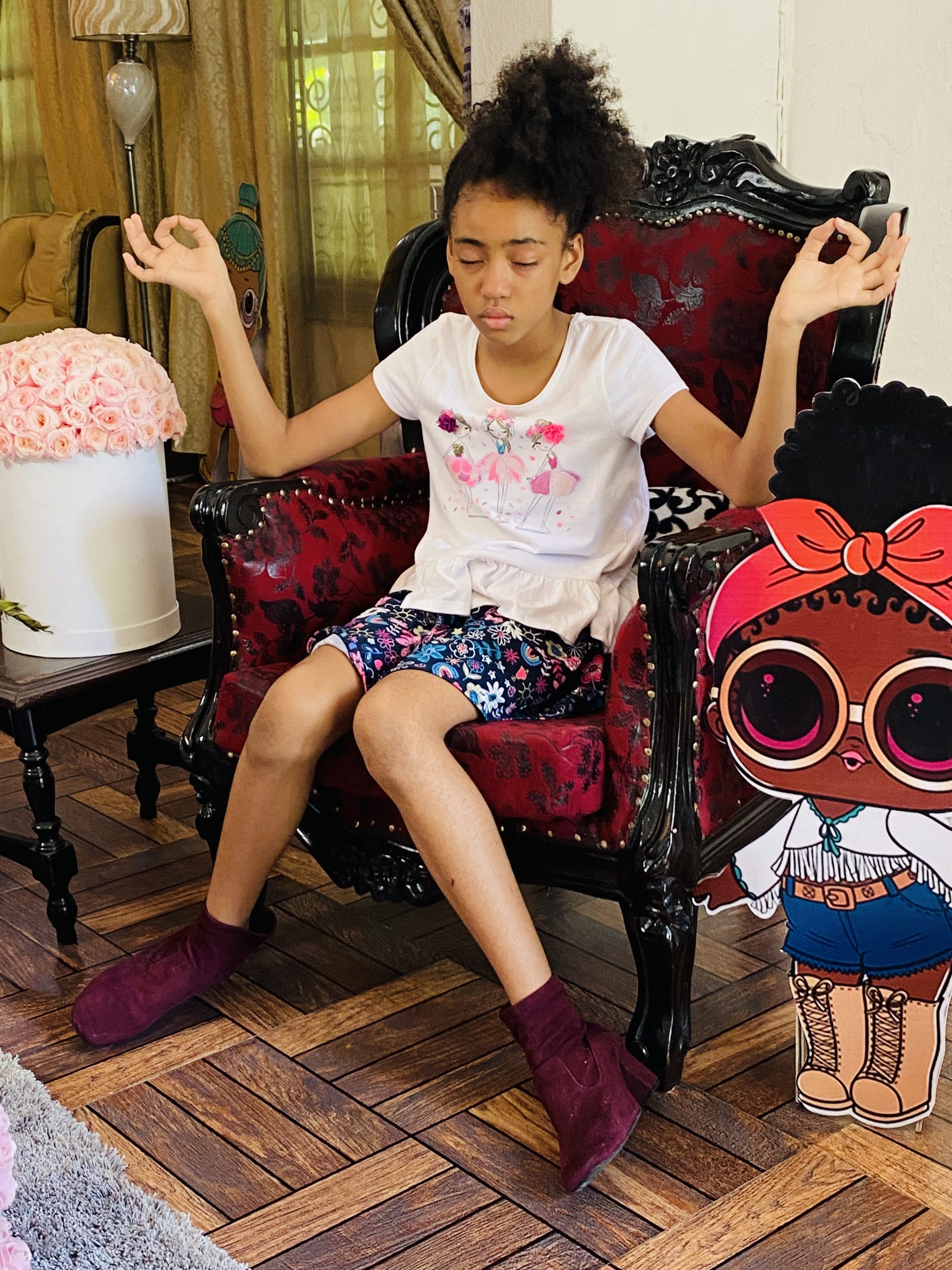Meditation, or the practice of self-awareness in body and mind, has been revered for thousands of years as a natural, accessible way to regulate our reaction to stress and manifest good health. When presented with any kind of threat, humans are hardwired to fight, take flight, or freeze.
If you think about it, our lives allow nearly zero down time,” she explains. “This is a huge shift
There’s no relaxation, boredom, or stillness that allows the body to relax and the nervous system to calm down.” In other words, our tech- and info-driven busyness doesn’t let our brains recharge in their “alpha state,” the relaxed-but-alert frequency in the brain we often sense just before we fall asleep.
Meditation can help kids read and respond to internal signals of stress before their developing brains and bodies give in to a full-blown tantrum. The key is intuiting what your child needs to come back into balance and giving him or her the tools to practice.
The Benefits of Meditation
Even in its simplest forms, meditation can help both kids and adults find their inner calm. Within just three or four sessions, benefits of meditation often include:
* Better sleep
* Reduced anxiety
* Improved self-esteem
* Ability to focus and study
* Reduced levels of stress
But kids have distinct advantages over adults in learning to meditate, as well as different challenges, says Murray. “Kids are generally more willing and receptive. They’re curious and willing to embrace new things, and they’re honest about what disinterests them,” she says. (Adults, by contrast, can and often will fake engagement to be polite.) “However, if we expect children to sit still the way an adult would, you’ll quickly see what looks like failure.”
Here are a few web-based meditations and music resources to try:
* Insight Timer (free) — Available online and as an app, this collection of more than 30,000 guided meditations and recordings for children, beginning, and advanced practitioners is a treasure trove of inspiration. (Murray’s own “Star Practice for Kids” appears here as well.)
* “Mindful Kids” YouTube channel (free) — This channel aggregates thousands of music and story clips. Explore options with your child, and trust your intuition, Murray says. “If you see something and your gut says, ‘I think she’d like this,’ give yourself permission to believe that voice.”
* Stop, Breathe & Think (free) — With an emphasis on fun activities and meditations, this app is designed to help kids ages 5-10 with focus, quiet, peaceful sleep, and processing emotions. Your little one will learn mindful breathing and the importance of checking in with herself. She’ll also win stickers for completing “missions.”
The Bottom Line
You can make a kid sit still, but you can’t force him or her to meditate, says Murray. As with most desirable behaviors, we the parents have to step up and demonstrate commitment to deeper awareness first. If you model a meditative practice, your kids will learn one, too.
As James Allen would say
He who gives himself up to vanity and does not give himself up to meditation, forgetting the real aim of life and grasping at pleasure will eventually envy him who has exhorted himself in meditation
Teaching your children to meditate
WATCH ME LIVE AT SLAY BAMBINIS
BUY SLAY NETWORK NFTs on BITCLOUT
Source Parents





